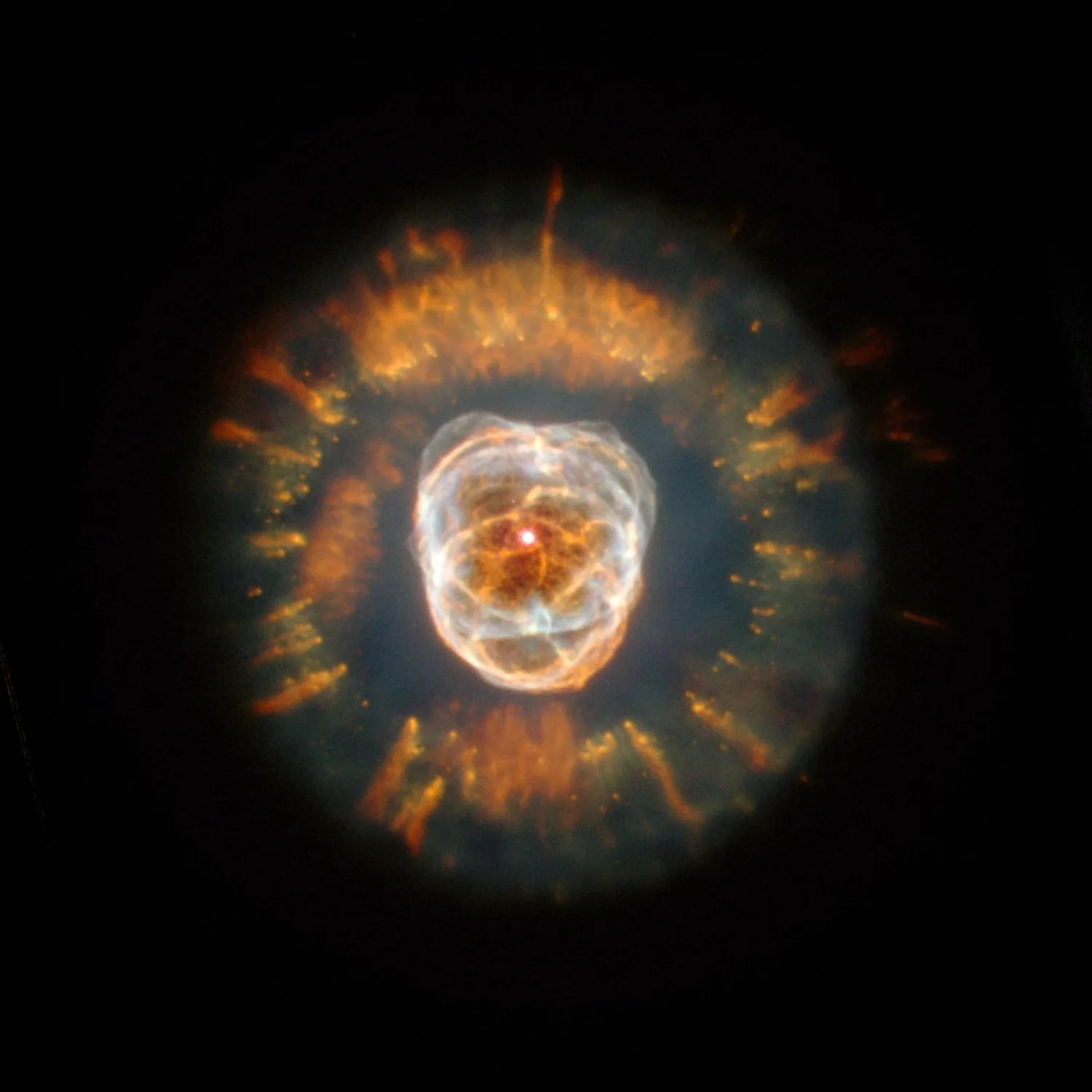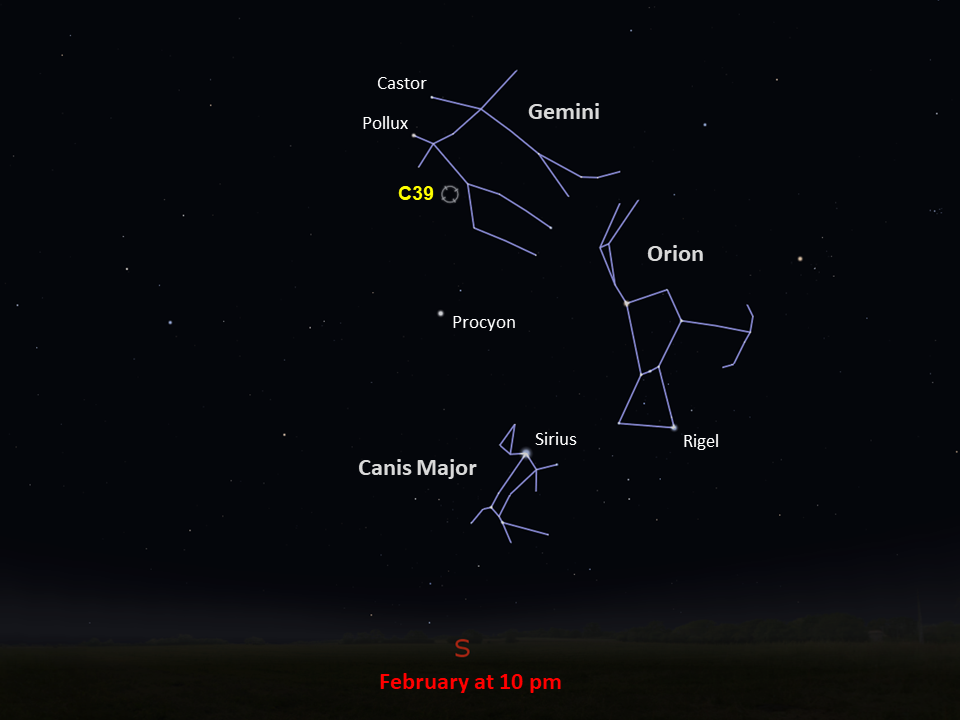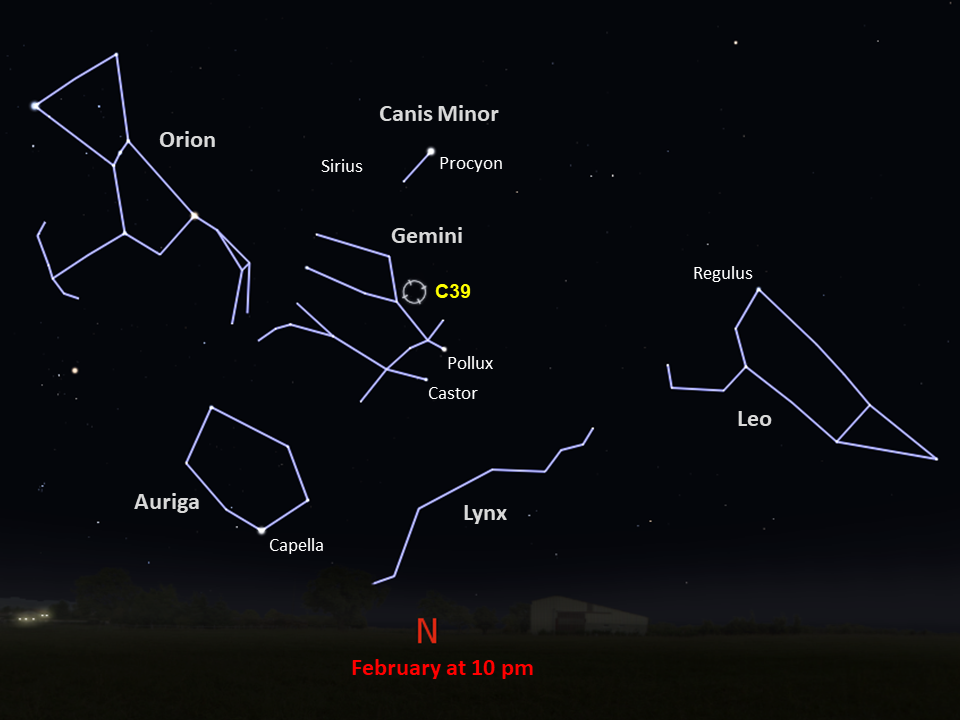Caldwell 39
A dying star at Caldwell 39's heart began shedding its outer layers 10,000 years ago.
Distance
5,000 light-years
Apparent Magnitude
9.2
constellation
Gemini
object type
Planetary Nebula
This nebula began forming about 10,000 years ago when a dying star began flinging material into space. When Sun-like stars exhaust their nuclear fuel, they become unstable and expand as they blast their outer layers of gas away into space (bad news for any planets in the area). Hubble’s image of Caldwell 39 shows a snapshot of the unworldly process, captured with the Wide Field and Planetary Camera 2 just a couple weeks after the successful Hubble servicing mission of December 1999.
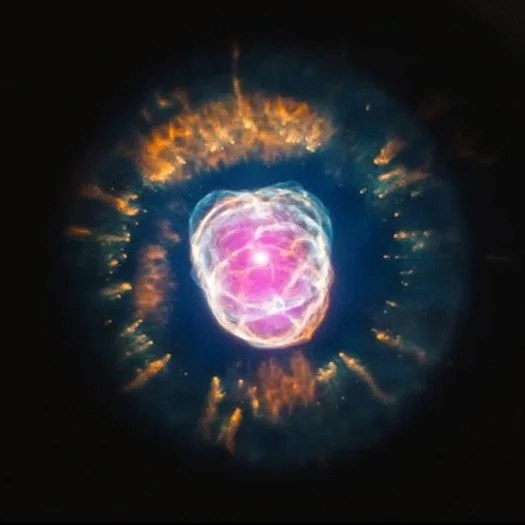
Streams of high-energy ultraviolet radiation cause the expelled material to glow, creating a beautiful planetary nebula — a term chosen for the similarity in appearance to the round disk of a planet when viewed through a small telescope, not because of any actual relation to planets. The nebula’s glowing gases produce the colors in this image: nitrogen (red), hydrogen (green), oxygen (blue), and helium (violet).
Caldwell 39's outer disk of material is embellished by a ring of comet-shaped objects with their tails streaming away from the central, dying star. In the central region of the nebula is a bubble of material that is being blown outward by the star’s intense “wind” of high-speed material. Hubble’s observations provided clues about how the strange structures in the nebula formed and evolve, though scientists are still puzzled about the origin of the comet-shaped features. It seems they may form from a collision of slow- and fast-moving gases. Hubble also helped scientists determine the nebula’s distance and the mass of the star that lurks in its center.
Discovered in 1787 by famed astronomer William Herschel, Caldwell 39 (also known as NGC 2392) is about 5,000 light-years away in the constellation Gemini. In the Northern Hemisphere, it is best viewed in the late winter through a large telescope. (In the Southern Hemisphere, look for it in the late summer.) With a magnitude of 9.2, the nebula can be found with a smaller telescope — but you’re unlikely to see much of the detail in the center. The nebula exhibits a blinking effect similar to that of Caldwell 15 (the “Blinking Planetary”). When looking directly at the central star, the surrounding nebulosity fades; but as one looks away from the center, the nebula pops back into view.
For more information about Hubble’s observations of Caldwell 39, see:
NGC 2392
Glossary
Comet - A relatively small, icy body orbiting the Sun (or another star), often producing a tail when approaching the Sun (or star).
Magnitude - The brightness of an astronomical object, represented by a number; bright objects have low numbers on the magnitude scale, while dim objects have high numbers.
Nebula - An interstellar cloud of dust and gas; either a location where new stars are being forged or a cloud of material ejected into space by a dying star.
Planetary Nebula - An expanding shell of gas around an aging or dying Sun-like star, cast off by the star.
Explore Hubble's Caldwell Catalog
The following pages contain some of Hubble’s best images of Caldwell objects.
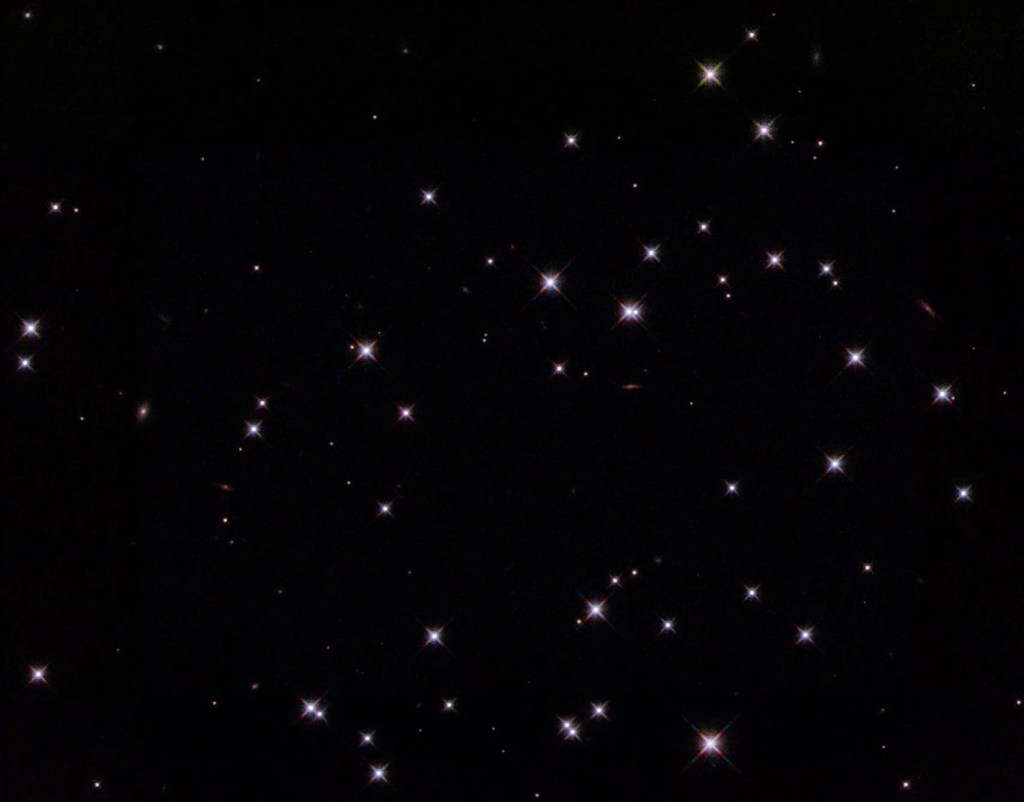
Also known as NGC 188, this group of stars formed from a large cloud of gas making the stars roughly…
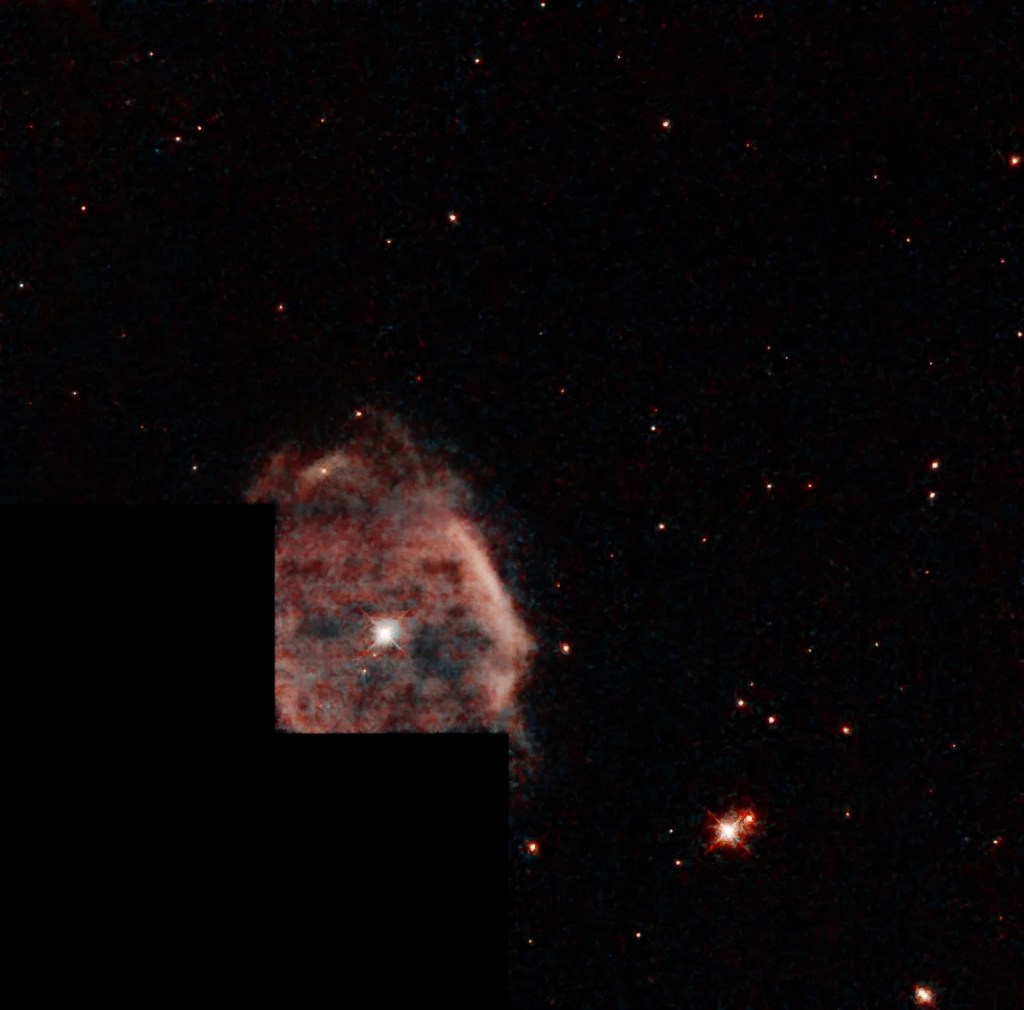
This shell of gas is expanding outward, away from the dying star within.
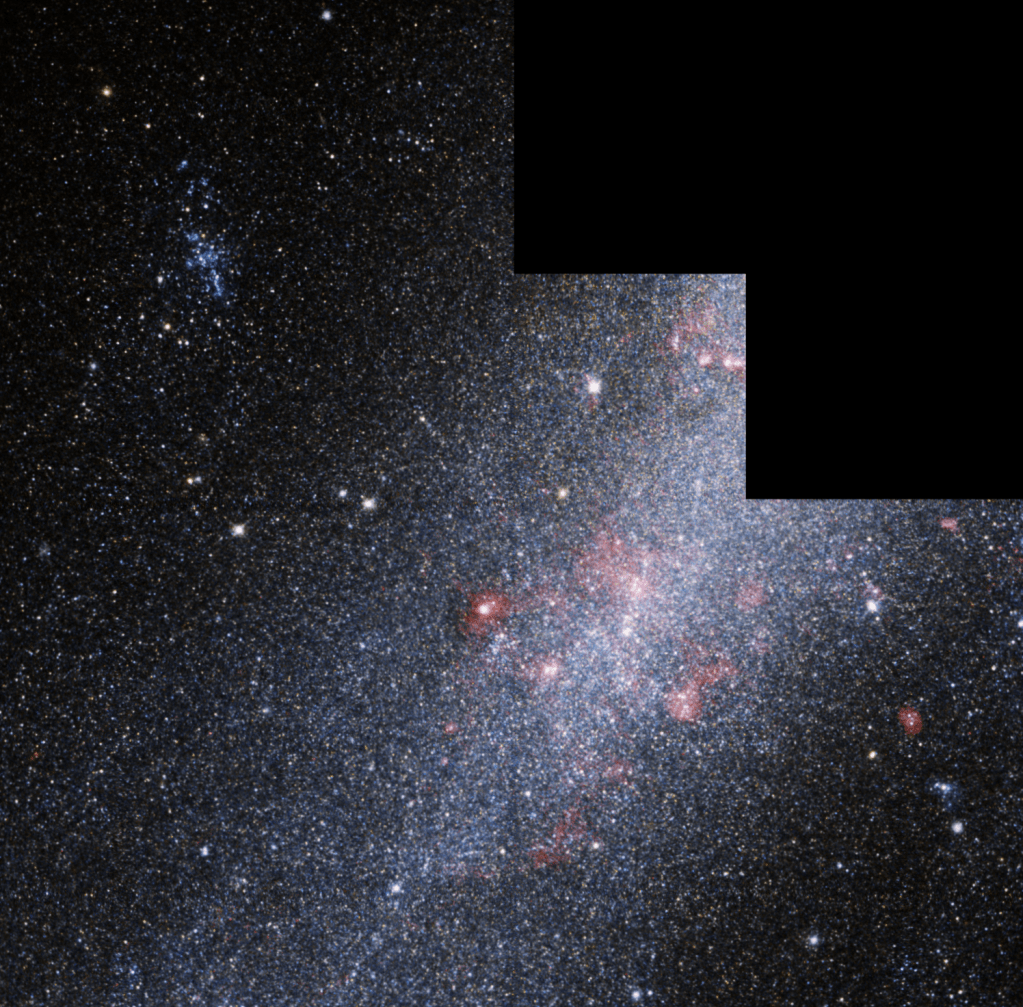
This barred spiral galaxy was first spotted by British astronomer William Herschel in April 1793 in the constellation Draco.

























